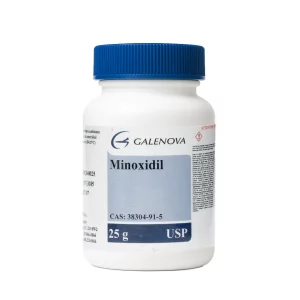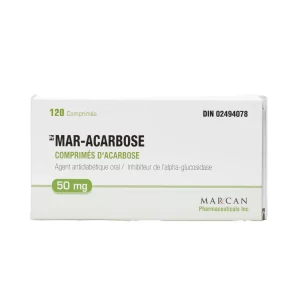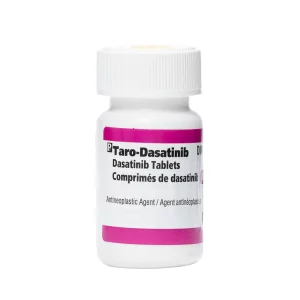Your cart is empty.
Your cart is empty.
Aging is a complex biological process that affects various aspects of our lives, including energy levels, cognitive function, and ultimately, our lifespan. As we age, our cells undergo a range of changes that can lead to a decline in physical and mental health. Researchers have been exploring various ways to mitigate the effects of aging, and one compound that has shown promise is Selegiline.
Originally developed to treat Parkinson’s disease, Selegiline has been found to have a range of benefits that extend beyond its initial purpose. Also known as Deprenyl, Selegiline has been shown to have anti-aging and longevity potential. Interestingly, Selegiline libido effects have also been reported, with some studies suggesting that it may have a positive impact on sexual function. In this article, we will delve into the potential of Selegiline to promote healthy aging and explore its potential as an anti-aging therapy.
Selegiline, also known as Deprenyl, is a selective monoamine oxidase B (MAO-B) inhibitor. Clinically, it’s used to treat neurological disorders such as Parkinson’s disease, as it helps preserve dopamine levels. By inhibiting MAO-B, Selegiline prevents the breakdown of dopamine, thereby alleviating symptoms. Interestingly, its neuroprotective and dopamine-preserving effects have sparked interest in Selegiline as a potential anti-aging drug. This novel application is being explored, with researchers investigating its ability to promote overall brain health and potentially extend lifespan.
Monoamine oxidase (MAO) is an enzyme responsible for breaking down neurotransmitters like dopamine, serotonin, and norepinephrine. MAO-B is a subtype of this enzyme that specifically targets dopamine. When MAO-B is inhibited, dopamine levels increase, leading to improved cognitive health, motivation, and mood.
Dopamine is crucial for motivation, pleasure, and cognitive function. It regulates reward processing, attention, and memory. Although dopamine levels naturally decline with age, contributing to cognitive decline and neurodegenerative disease risk, maintaining healthy levels is vital. Higher dopamine levels promote improved mental health, reduced stress, and increased resilience for overall wellness.
Selegiline has been shown to have a multifaceted impact on cellular health, particularly in the brain. By reducing oxidative stress, Selegiline helps control a key driver of cellular aging. Additionally, Selegiline may enhance mitochondrial energy production, supporting the longevity of neurons.
Selegiline’s benefits for brain health:
Low-dose Selegiline, also known as Deprenyl, has been shown to prolong lifespan in animal studies. Dr. Joseph Knoll’s pioneering research demonstrated that Deprenyl treatment increased the average lifespan by 34% in rats. Subsequent studies confirmed these findings, with low-dose Selegiline extending lifespan in both rats and mice. These studies highlight Selegiline’s potential as a life-extending therapy.
There is growing, restricted, interest in exploring low-dose Selegiline for human longevity. Animal studies have demonstrated promising results, sparking hopes that these findings may translate to human aging. However, it’s essential to acknowledge the limitations of current evidence, including the lack of human clinical trials and the need for further research to confirm efficacy and safety in humans.

Deprenyl, a medication typically prescribed for Parkinson’s disease and depression, has gained attention for its potential anti-aging benefits. Therapeutic doses range from 5-10 mg/day, whereas anti-aging doses are significantly lower, typically between 1-5 mg/day. Low-dose deprenyl may provide benefits without overstimulation, including:
Medical supervision is crucial when using deprenyl off-label, as it can interact with other medications or exacerbate underlying conditions. A healthcare professional can help determine the optimal dose.
Selegiline, a selective MAO-B inhibitor, has a unique neurological focus that sets it apart from other life-extension drugs like rapamycin, metformin, and NAD+ boosters. While these compounds target various aspects of aging, Selegiline specifically promotes neuronal health and resilience, making it an attractive option for those looking to support brain health.
Selegiline’s anti-aging effects may be enhanced when combined with metabolic or antioxidant compounds. Its MAO-B inhibition promotes neuronal protection and plasticity, offering potential synergies with compounds like metformin, rapamycin, or NAD+ boosters. This makes Selegiline a promising option for reversing age-related cognitive decline and promoting healthy brain aging.

As we age, cognitive clarity and energy often decline, impacting our daily lives. Selegiline, a selective MAO-B inhibitor, offers a promising solution. By supporting brain health, Selegiline can help improve cognitive function, boost energy, and enhance overall well-being.
Additional benefits may include:
Selegiline’s neuroprotective properties may help slow aging by promoting neuronal health, reducing oxidative stress, and enhancing mitochondrial function.
Selegiline may help reverse certain aspects of aging, such as cognitive decline and neuronal damage, by promoting neuroregeneration and cellular renewal.
The recommended Selegiline dosage for anti-aging purposes is typically 1-5 mg per day, taken in the morning to minimize sleep disruption, under medical supervision.
Selegiline is generally considered safe for healthy adults when taken at recommended doses and under medical supervision.
Selegiline uniquely supports brain function by maintaining neurotransmitter balance, distinguishing it from metabolic drugs like metformin, and complementing other longevity therapies.


Minoxidil 25mg - Oral vasodilator for blood pressure management. Cardiovascular foundation support, pharmaceutical-grade standards, expert monitoring required.

Acarbose 50mg 120 Tablets - Gentle introduction to glucose control. Three-times daily with meals, precision-formulated tablet strength.

Dasatinib 20mg 60 Tablets - Flexible pediatric-strength dosing option. USP standards compliance, anytime administration, gradual increase capability.
Unlock savings on bundles and elevate your online experience today!